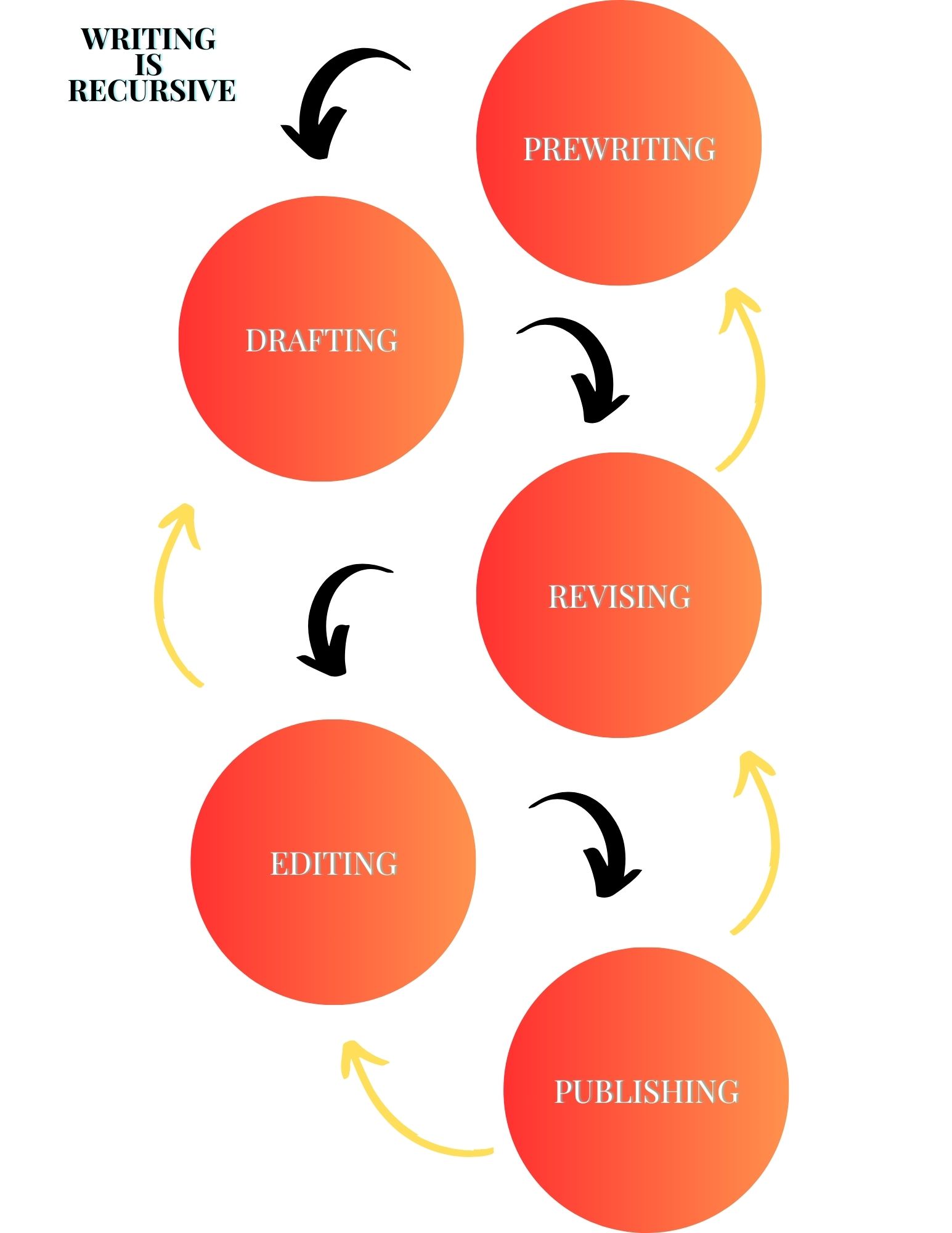Though it has been said before, A Christmas Carol by Charles Dickens is a timeless classic. It speaks of the communal necessity of humanity and the kindness toward mankind that is essential for a meaningful life. With that said, the time and place of the novel can be lost on those who investigate its startlingly brilliant prose; though Gothic, it is certainly England, and though ghosts and spirits haunt the unhallowed halls of Scrooge’s house, there are moments of pure joy and humor in the streets and byways of London.
Today on the blog, we are going to analyze the time and place of A Christmas Carol a little closer, and open our eyes to the where and when of the story.
The setting of A Christmas Carol
To begin, the story is set in Victorian England during the 19th century. The novella’s setting plays a pivotal role in shaping the narrative and conveying its underlying themes. The story primarily unfolds in the bustling city of London, a large gathering of souls in the midst of the Industrial Revolution. Dickens vividly describes the contrasting atmospheres of wealth and poverty, with the affluent enjoying the comforts of their homes while the impoverished struggle in the harsh conditions of the streets.
The opening scenes of the novella are set on Christmas Eve, a time when the city should be filled with warmth and joy. However, Dickens skillfully paints a picture of a society plagued by social and economic inequality. As Dickens writes: “Scrooge had a very small fire, but the clerk’s fire was so very much smaller that it looked like one coal. But he couldn’t replenish it, for Scrooge kept the coal-box in his own room; and so surely as the clerk came in with the shovel, the master predicted that it would be necessary for them to part.”
The stark contrast between the lavish celebrations of the wealthy and the destitution of the poor highlights the harsh realities of Dickens’s society. The setting serves as a backdrop for the moral journey of Ebenezer Scrooge, the miserly protagonist, as he confronts the consequences of his callous indifference to the suffering of others.
“Merry Christmas! Out upon merry Christmas! What’s Christmas time to you but a time for paying bills without money; a time for finding yourself a year older, but not an hour
richer … If I could work my will … every idiot who goes about with ‘Merry Christmas’ on his lips, should be boiled with his own pudding, and buried with a stake of holly through his heart” (Dickens).
The Past, Present, and Future
The story takes a supernatural turn as Scrooge is visited by the ghosts of Christmas Past, Present, and Future. These spectral encounters transport him to various settings, providing glimpses into his own past and the current state of the world around him … and the bleak future that awaits if he does not change his ways. The settings of these visions serve as powerful metaphors, illustrating the impact of human actions on both an individual and societal level.
Moreover, one of the most iconic settings in A Christmas Carol is the Cratchit family home. The humble dwelling of Bob Cratchit, Scrooge’s underpaid and overworked clerk, is a stark contrast to the opulence of Scrooge’s own abode. Despite their meager means, the Cratchits embody the spirit of Christmas through their love and togetherness. The juxtaposition of these settings emphasizes the story’s central message about the true meaning of wealth and happiness.
Conclusion
The setting of A Christmas Carol serves as a powerful weapon for Dickens to explore and critique the social and economic issues of his time. The vivid portrayal of Victorian London, along with the supernatural elements woven into the narrative, creates a time and place for the transformation of Ebenezer Scrooge.
Through the lens of its setting, the novella delivers a timeless message about compassion, generosity, and the redemption that is possible even in the darkest corners of the human heart.
Works Cited
Dickens, Charles. A Christmas Carol. Project Gutenberg, 2008, www.gutenberg.org/cache/epub/24022/pg24022-images.html.







